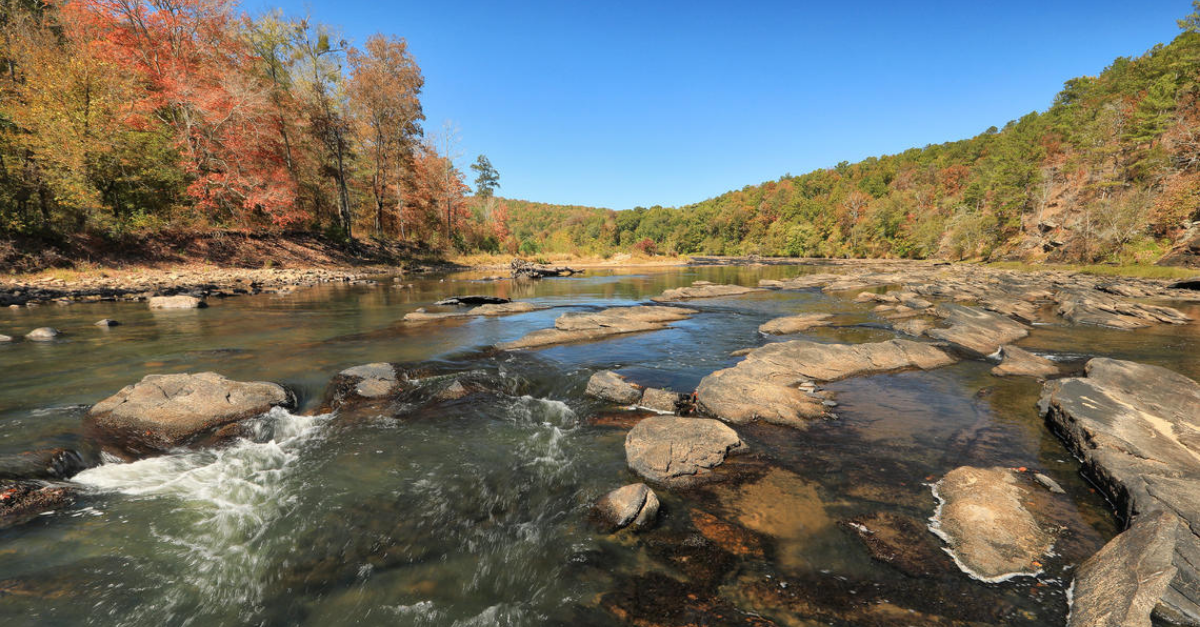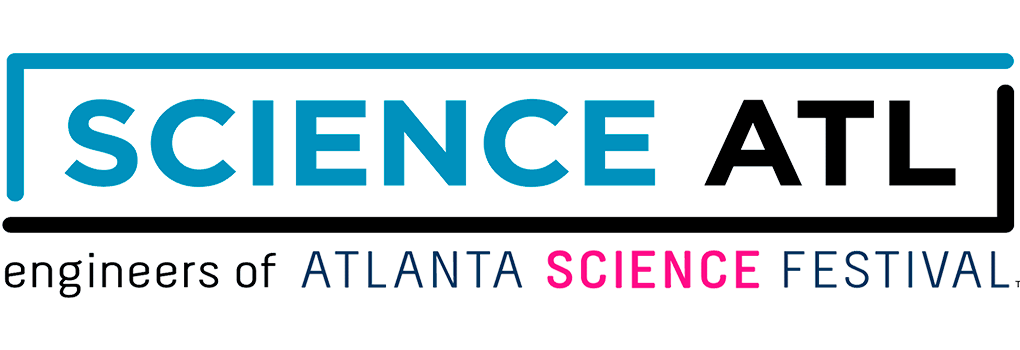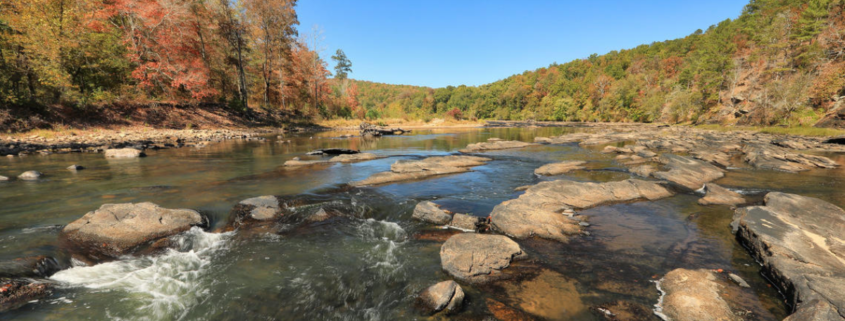Uncovering Stories of Science in the Flint River

Creator: Alan Cressler
Copyright: Alan Cressler: All Rights Reserved
By Matt O’Shaughnessy
Hannah Palmer comes from a town that disappeared.
As a child growing up just south of Atlanta in Mountain View, she watched as the steady expansion of Atlanta’s airport slowly took over her neighborhood. The constant roar of jets made Mountain View one of the most noise-impacted neighborhoods in the world; as the airport continued to grow, residents slowly sold their homes to the airport planning agency and left. Soon the city itself was dissolved, removing a physical place from the map but leaving behind a vibrant, if dispersed, community.
The town of Mountain View wasn’t the only thing taken over by the relentless expansion that made Hartsfield-Jackson the busiest airport in the world and transformed Atlanta into a global city. Buried beneath the mammoth airport – under the fifth runway, to be exact – is a tributary of the Flint River, which runs almost 350 miles through Georgia until it joins the Chattahoochee River and flows into the Gulf of Mexico.
Palmer first discovered the Flint River when researching her book Flight Path: A Search for Roots Beneath the World’s Busiest Airport. The book chronicles her search for what became of the community she grew up in – one almost entirely displaced by the growth of the airport.
The history of Palmer’s community echoes that of the Flint River, which has also been overshadowed and buried – literally – by the development of the airport. Even as the airport brought enormous benefits to Atlanta, providing jobs and connecting us to the world, it also threatened to erase the very things that connect us to the place we live.
Palmer now seeks to restore connections between the physical space the airport occupies and the communities that surround it. She sees herself as a storyteller, preserving and sharing the things that make our home more than just a physical place. Science is a central character in these stories, a constant presence in the intimate connections between physical places, the natural world, and the things that make us human. “I love to hear people who remember baptisms, or some urban legends or rites of passage that involve [the Flint River],” she says. “I love to think about times when it was more connected to our lives.”
Finding the Flint
Her research led her to Finding the Flint, a project dedicated to protecting and raising awareness of the Flint River created by American Rivers, The Conservation Fund, and the Atlanta Regional Commission. Part of Finding the Flint’s mission is to build awareness of the natural world and how it influences our communities – a task inextricably connected to science.
Indeed, Palmer sees science as a key element in creating safer infrastructure, building a sense of place, and working toward environmental justice. “How do we clean up this river? What do we do with this landfill? How do we develop alongside this runway or this highway? We can’t turn our backs on these places – they’re not isolated from the rest of the city.”
Palmer’s role at Finding the Flint is one of a science communicator, community organizer, and coalition builder. She works with scientists, engineers, architects, and planners, bringing together stakeholders from environmental groups and local governments to airport planners and Delta Air Lines. The group hopes to work with regional and airport planners to make the airport more than just an engine for economic growth, but also the basis for a thriving community – a place of its own, not just a place people pass through to get somewhere else.
The group works to more deeply involve the public in the health of our watersheds, sponsoring scavenger-hunt-like tours of Flint tributaries, cleanups in the often-overlooked natural areas surrounding the airport, and outreach to airport-area employees. A recent weekend found Palmer organizing the Southside River Rendezvous, where participants learned how to collect water samples, then scattered across Atlanta to sample water quality in dozens of creeks. Finding the Flint hopes that these types of events better connect the public with the people and organizations who advocate for the health of their watersheds, and help build awareness of the natural resources that we often take for granted.
Ultimately, Palmer sees science as a key tool in building connections between people, places, and the environment. “It’s going to be scientists who help solve these problems – who design technologies to extract contaminants from the soil, who design technologies to detect air pollution and noise pollution. These are the landscapes that we’ve inherited, and there’s a huge opportunity to think differently.”




